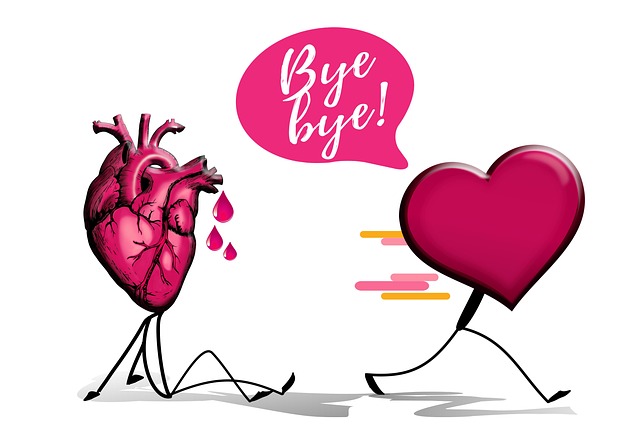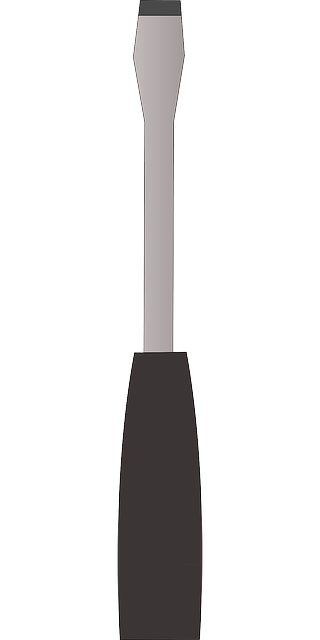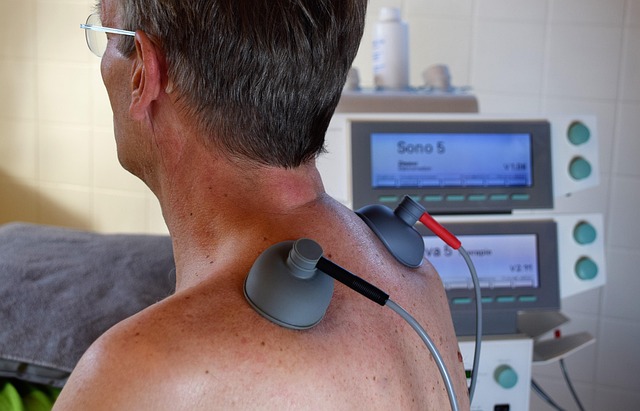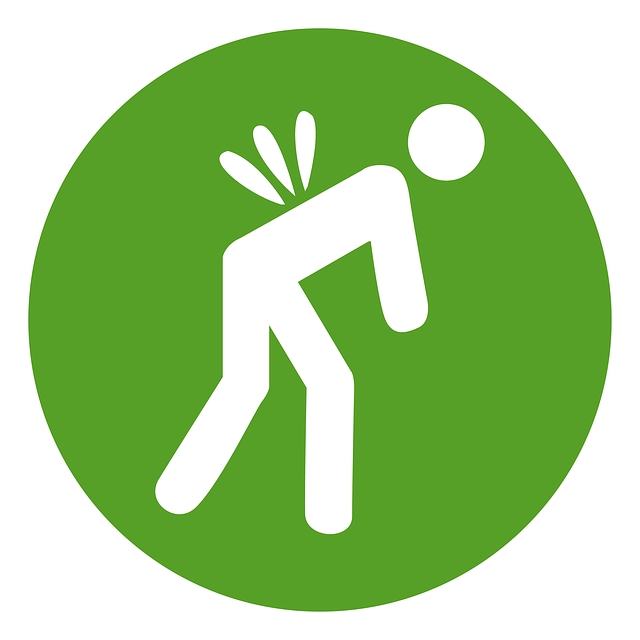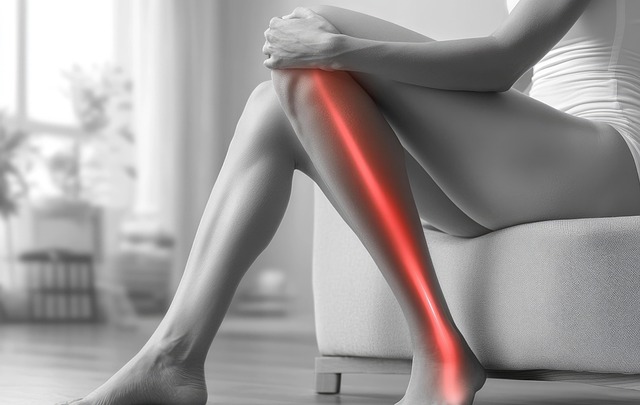Post-auto accident sciatica pain can be managed effectively through auto accident chiropractic treatment, offering non-invasive solutions like nerve pressure relief and spinal alignment improvement. Skilled chiropractors employ manual adjustments, heat/ice therapy, electrical stimulation, and exercise guidance to reduce pain, improve mobility, and prevent future episodes. Combining this with conservative treatments, core strengthening exercises, ergonomic practices, and stress reduction techniques, individuals can regain their range of motion and resume normal activities without persistent discomfort.
After a car accident, sciatica—pain that radiates along the path of the sciatic nerve—can persist long after initial injuries heal. This comprehensive guide explores effective strategies for managing chronic sciatica post-accident. We delve into understanding the condition’s origins, examining auto accident-related causes and their impact on the nervous system. Additionally, we present chiropractic treatment options known for providing lasting relief, along with practical lifestyle tips to enhance recovery and prevent future episodes.
- Understanding Sciatica After an Auto Accident
- Chiropractic Treatment Options for Long-Term Relief
- Managing Sciatica Post-Accident: Lifestyle and Recovery Tips
Understanding Sciatica After an Auto Accident

After a car accident, many individuals suffer from persistent pain and discomfort, with sciatica being a common issue. Sciatica refers to pain that radiates along the path of the sciatic nerve, which runs from the lower back through the hips and down each leg. This condition often arises due to muscle strains, herniated discs, or bone fractures caused by the impact of the accident. Auto accident chiropractic treatment plays a vital role in managing and alleviating sciatica symptoms post-injury.
Chiropractic care offers a non-invasive approach to addressing the underlying causes of sciatica. Chiropractors specialize in diagnosing and treating musculoskeletal disorders, including those related to auto accidents. Through a combination of adjustments, manipulation techniques, and therapeutic exercises, chiropractors aim to reduce pressure on the affected nerves, improve spinal alignment, and promote healing. This personalized treatment can provide significant relief from pain, enhance mobility, and help individuals recover their range of motion after experiencing sciatica following an auto accident.
Chiropractic Treatment Options for Long-Term Relief

Chiropractic care is often recommended as a non-invasive and effective approach to managing long-term sciatica following an auto accident. Skilled chiropractors utilize various techniques to provide lasting relief, including manual adjustments to the spine and surrounding joints. These adjustments help alleviate pressure on the nerves, reducing pain and improving mobility. Many patients find that regular chiropractic sessions post-accident significantly enhance their quality of life by offering ongoing management of sciatica symptoms.
Additionally, chiropractors may incorporate other therapeutic methods such as heat/ice therapy, electrical stimulation, and exercise recommendations to further support healing. Tailored treatment plans focus on not just the immediate pain but also on preventing future sciatic episodes, ensuring patients can regain their normal activities without constant discomfort.
Managing Sciatica Post-Accident: Lifestyle and Recovery Tips

After an auto accident, managing sciatica requires a multifaceted approach that combines medical intervention with lifestyle adjustments. The initial phase often involves conservative treatments like rest, ice, and over-the-counter pain relievers to alleviate symptoms. However, as recovery progresses, it’s crucial to consider long-term strategies. Auto accident chiropractic treatment can play a significant role in managing sciatica by focusing on adjusting the spine and improving nerve function.
Incorporating regular exercise tailored to strengthen the core and improve flexibility is another essential tip for post-accident care. Maintaining a healthy posture during daily activities, avoiding prolonged sitting or standing, and adopting ergonomic practices can also help manage sciatica symptoms. Additionally, stress management techniques like yoga or meditation may provide relief by reducing muscle tension in the back and legs. Remember that each individual’s recovery journey is unique, so consulting healthcare professionals to tailor these tips to personal needs is key for effective long-term sciatica care post-accident.
After a car accident, managing long-term sciatica requires a multifaceted approach. While understanding the condition is crucial, exploring appropriate chiropractic treatment options and adopting effective lifestyle changes can significantly enhance recovery. Auto accident chiropractic care offers specialized techniques to alleviate pain and restore mobility. By combining these treatments with thoughtful lifestyle adjustments, individuals can find lasting relief from sciatica post-accident.




